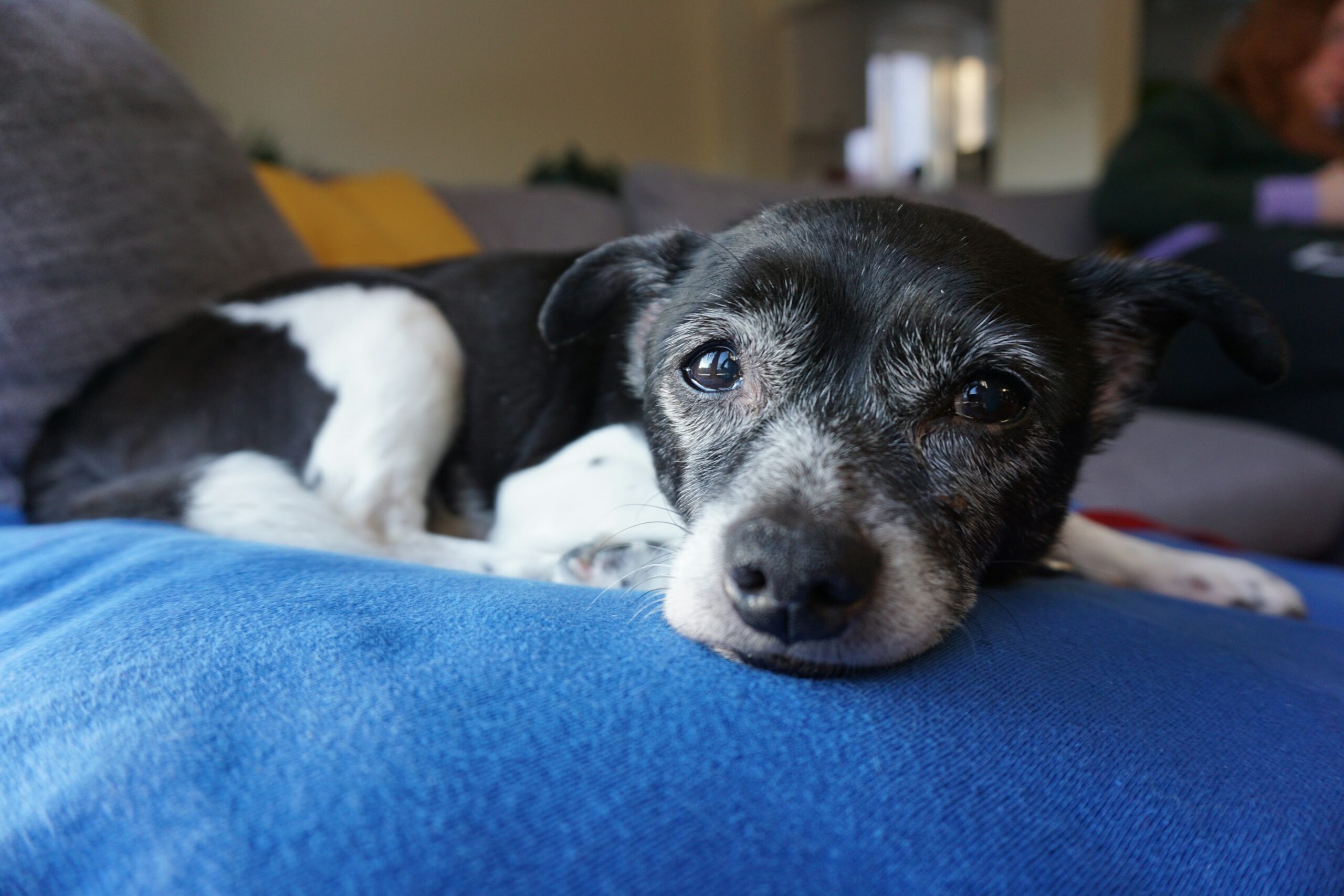
Home Alone Tips for the Anxious Dog
Help your anxious dog deal with time spent HOME ALONE in the house. Most dogs that show signs of stress and anxiety can quickly learn to adapt to time alone. However there are some dogs that have true “separation anxiety” and consulting with a good trainer is highly recommended, if that is the case.
To start:
- Be sure your dog is properly exercised. A tired dog is a happy dog.
- Obedience Train your dog. Teaching your dog leadership means he doesn’t have to be in control.
- Provide your dog with products to prevent boredom.
- Offer a kong toy that can be stuffed with food or treats. Just make sure you use the proper size for your dog’s mouth.
- Buster cubes are toy specially made for holding and releasing food, kibble, or treats.
- Tennis balls are a DIY alternative. Cut a hole large enough for your kibble or treats to fall once they move. Do this with several tennis balls to hide around the house.
- No big hellos and no big goodbyes. It’s tempting to want to reassure your dog you will be back or happily greet them because you are back, but this actually can create some anxiety. Keep your goodbyes to a phrase you use each time you leave. For example, you could use this phrase “I’ll be back”. When you return home, say nothing for the first minute and then give your dog a very mild greeting
- Consider short term crate training. If your dog is destructive or has bathroom accidents, confinement in a safe place can be helpful so these behaviors do not become habitual. Find a good obedience instructor who can show you the proper way to teach your dog to accept a crate for short time durations and how to ween them out of one.
- Reduce your dog’s space in your home…initially. Less space will feel more comfortable to your dog. Some prefer a crate to feel secure while others can begin with one familiar, frequented room where the family spends time ( not the laundry room or garage) Close off doors, use baby gates, xpens, etc. to reduce space. Gradually add space as your dog begins to adjust to your comings and goings.
- Desensitize your dogs to departure cues. Perform departure cues ( i.e. pickup your keys, grab sunglasses, cell phone, etc) and then don’t leave. Put items back and repeat the departure cues until your dog gets the idea that these are not a concern for stress. Vary your departure so you are less predictable.
- Stage departures of short duration. Start with one minute that you have stepped outside your home then returned. Add on time in a random sequence so it looks like this for departures and returns: 1 min, 3 min, 3,5,5,1,6,4,8,6,10 etc. Once you have passed 30 minutes, you can increase the duration by bigger increments.
- Avoid a reprimand after the “act”. Avoid the “my dog knows he was bad because he looks guilty” mentality. Your dog is reacting to your body language and emotions. Dogs will try to avoid your anger by crouching, rolling over, or avoiding eye contact. You think your dog knows they are guilty of being destructive or house soiling, but they are really associating the “evidence” found with the reprimand that may follow and not the actual act. They cannot understand the act itself is wrong unless you see it happening and respond immediately to interrupt it. If your dog cannot understand or predict your anger, then they will begin to mistrust you.
- Leave music or TV on to drown out noises outside and provide company to your dog. Be sure it is something that sounds familiar such as what you would watch or listen to.
- Close drapes and limit the space you give your dog. If you have a dog that will destroy blinds, hang them outside your window rather than inside or simply create a barrier that keeps your dogs from having access.
- Consider setting up a nanny cam or use your RING camera. This will give you an opportunity to watch from your phone so you can see what your very clever dog is doing when you are gone. Most have the option to “intercom in” so you can use your voice to interrupt any unwanted behaviors.
- Finally…getting a second dog is not always the solution. Yes, a second dog can be company, but if you have one dog with anxiety when left alone, a second dog can sometimes learn to behave similarly. Get a second dog if it’s time to expand your family but don’t rely on fixing ‘a case of loneliness’ to be the sole reason.